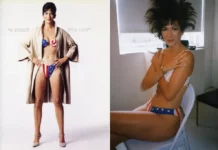
Few animals in zoos are actually endangered; the rest are showcased to the public for entertainment purposes. Gaston Lacombe’s “Captive” series aims to expose this.
While the intention behind starting zoos might have been honorable, many have, unfortunately, become more similar to a car collection than an animal conservation effort.
As animal rights organization PETA has said, wildlife in captivity often “spend much of their time pacing, walking in tight circles, swaying or rolling their heads, and showing other signs of psychological distress.” Obviously, animals will always do best in the wild, roaming free in their natural setting, rather than living in poorly decorated and artificially lit living spaces.
Even the argument for conservation hits a few flat notes. Few animals in captivity are endangered, as Zoos prefer to showcase exotic species to wow the public. This is entertaining to humans, but not beneficial for the animals.
To be fair, there are beneficial organizations aiding in the conservation of endangered animals. The San Diego Zoo, for example, cares for Nola, one of the last four Northern White Rhinos in the world. Without their aid, she would likely be killed by poachers within days.
But, overall, it is the minority seeming to be investing in the well-being of the animal long-term, and this is likely why most animals in captivity live shorter lives than they do in the wild.
This is exactly what photographer Gaston Lacombe sought to convey when shooting his series entitled “Captive”. The pictures below expose the conditions many animals live in each day, detached from their natural origin.
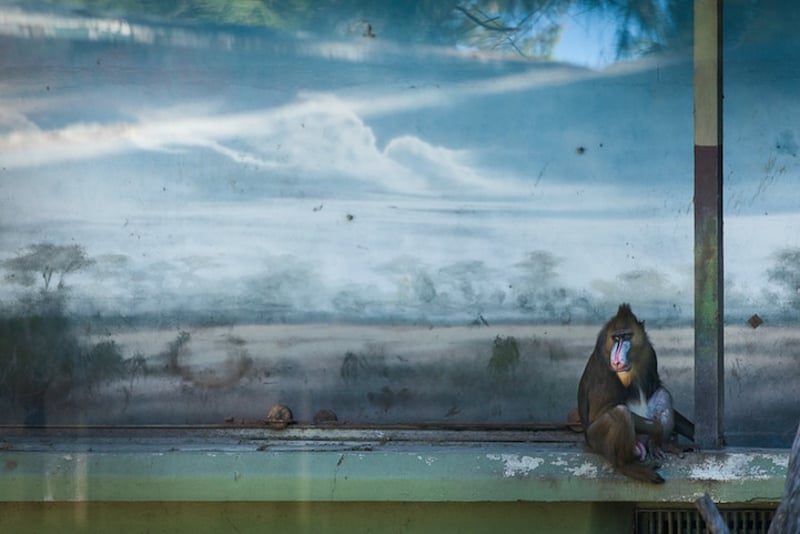
Credit: Gaston Lacombe
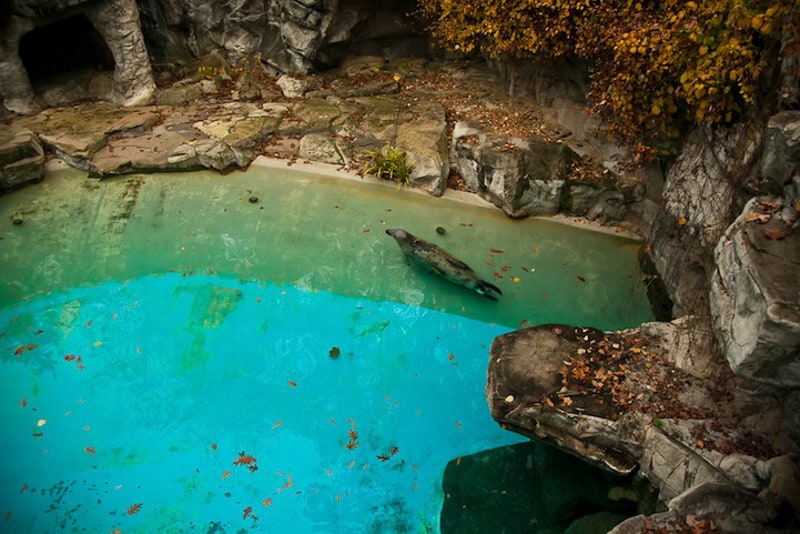
Credit: Gaston Lacombe
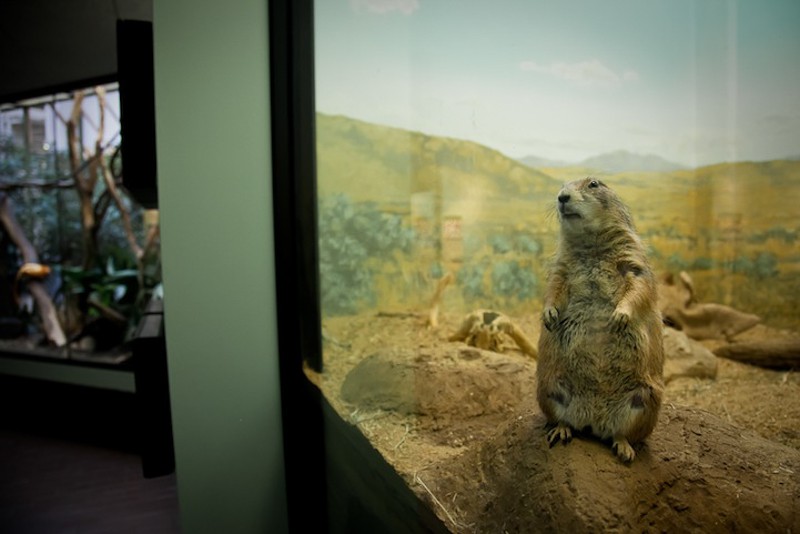
Credit: Gaston Lacombe
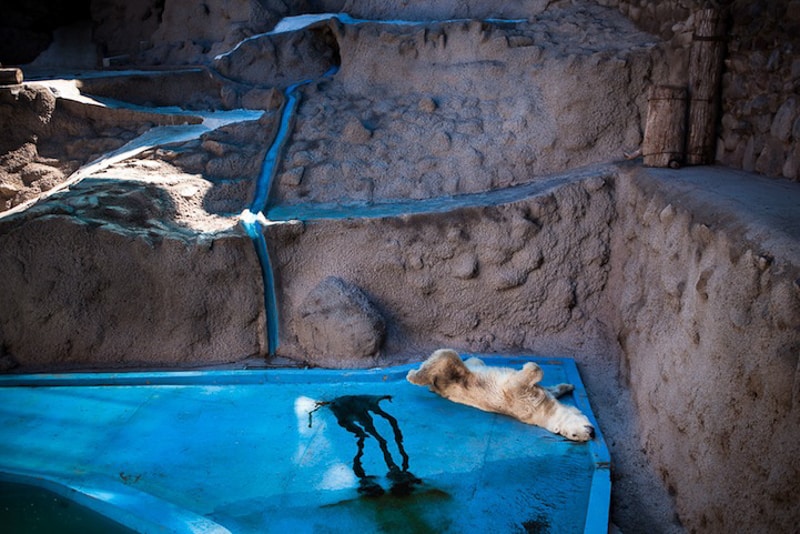
Credit: Gaston Lacombe
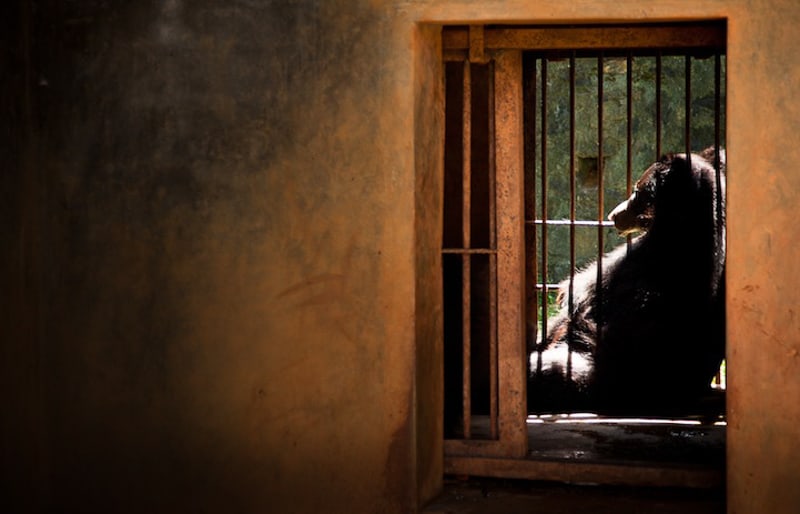
Credit: Gaston Lacombe
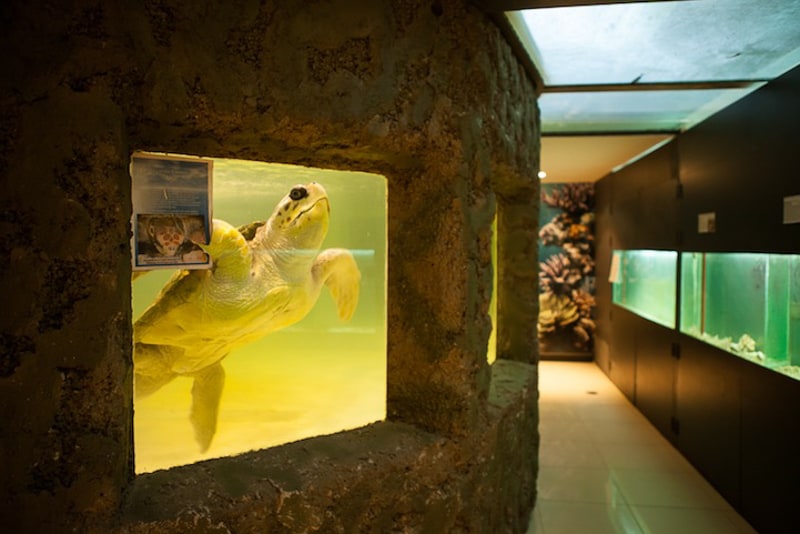
Credit: Gaston Lacombe
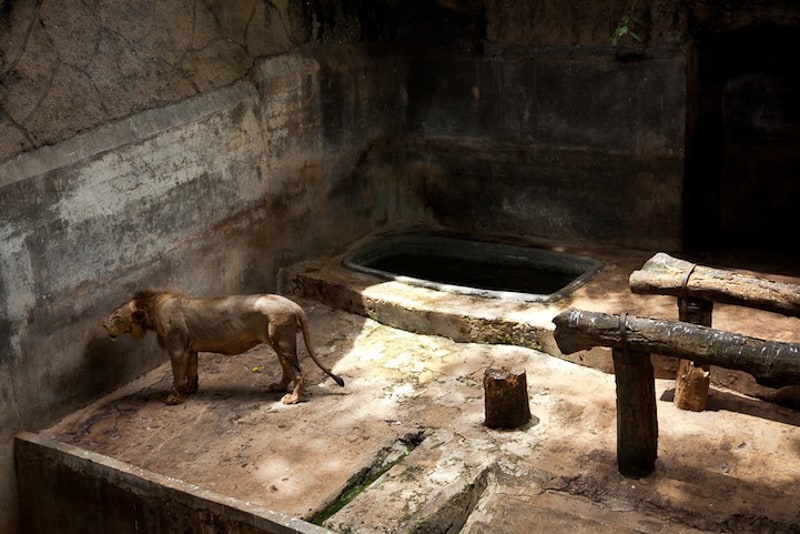
Credit: Gaston Lacombe


